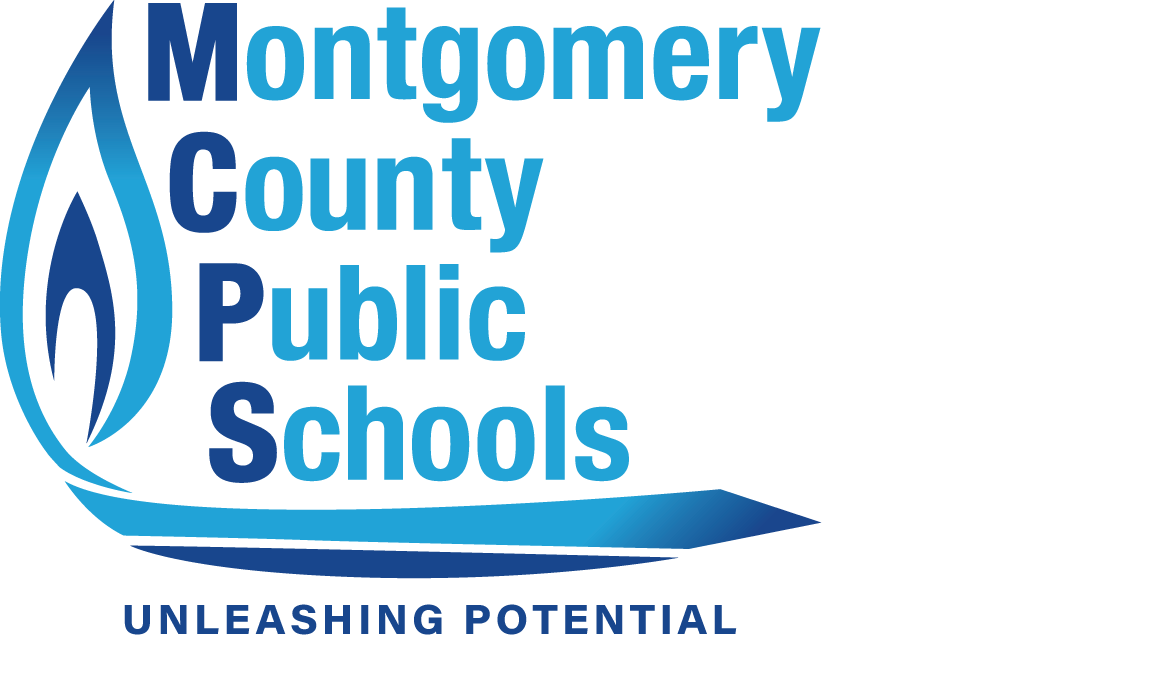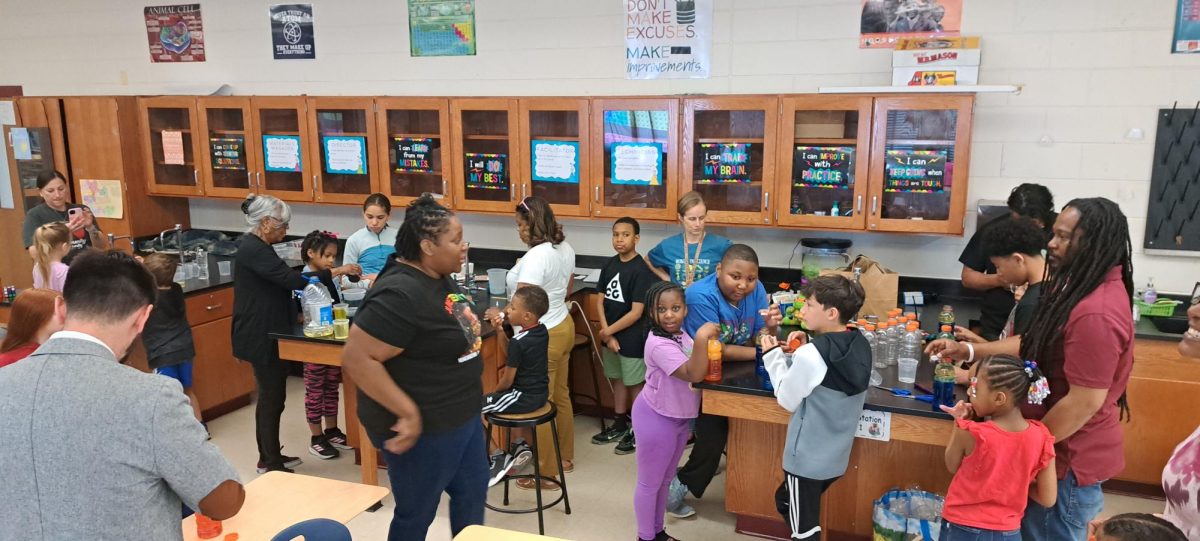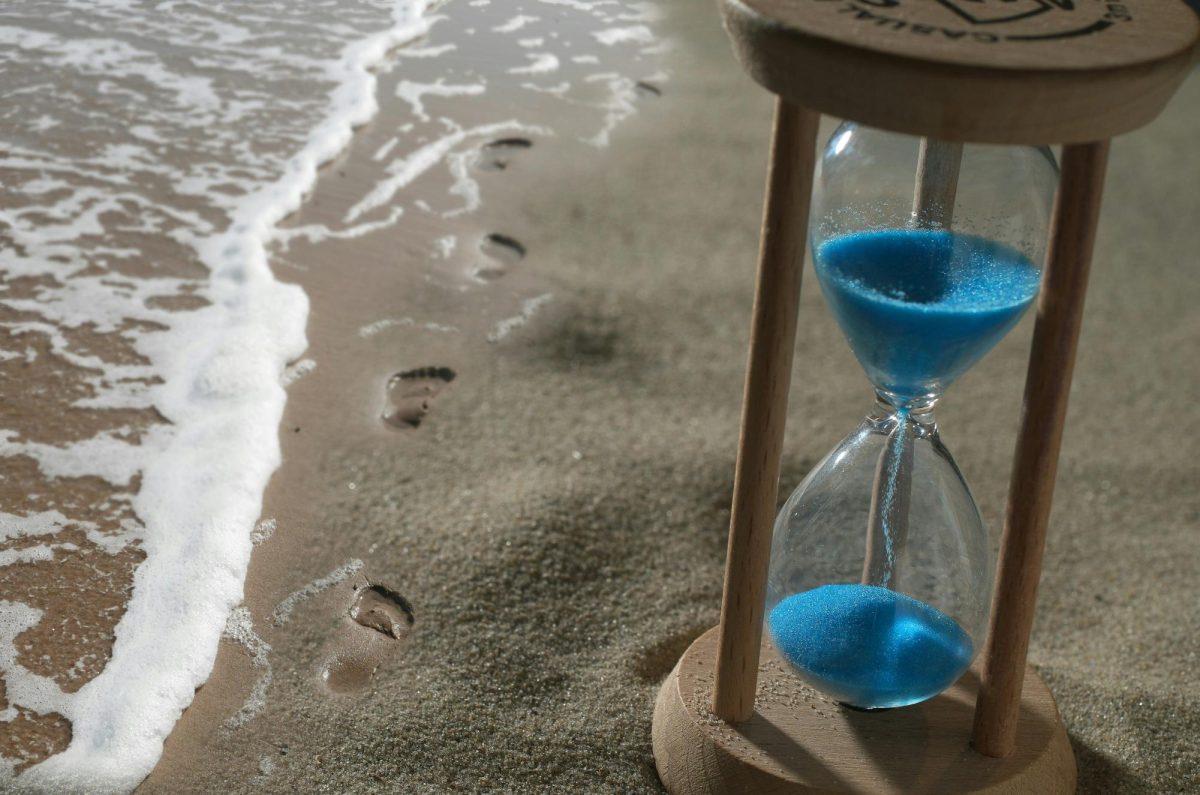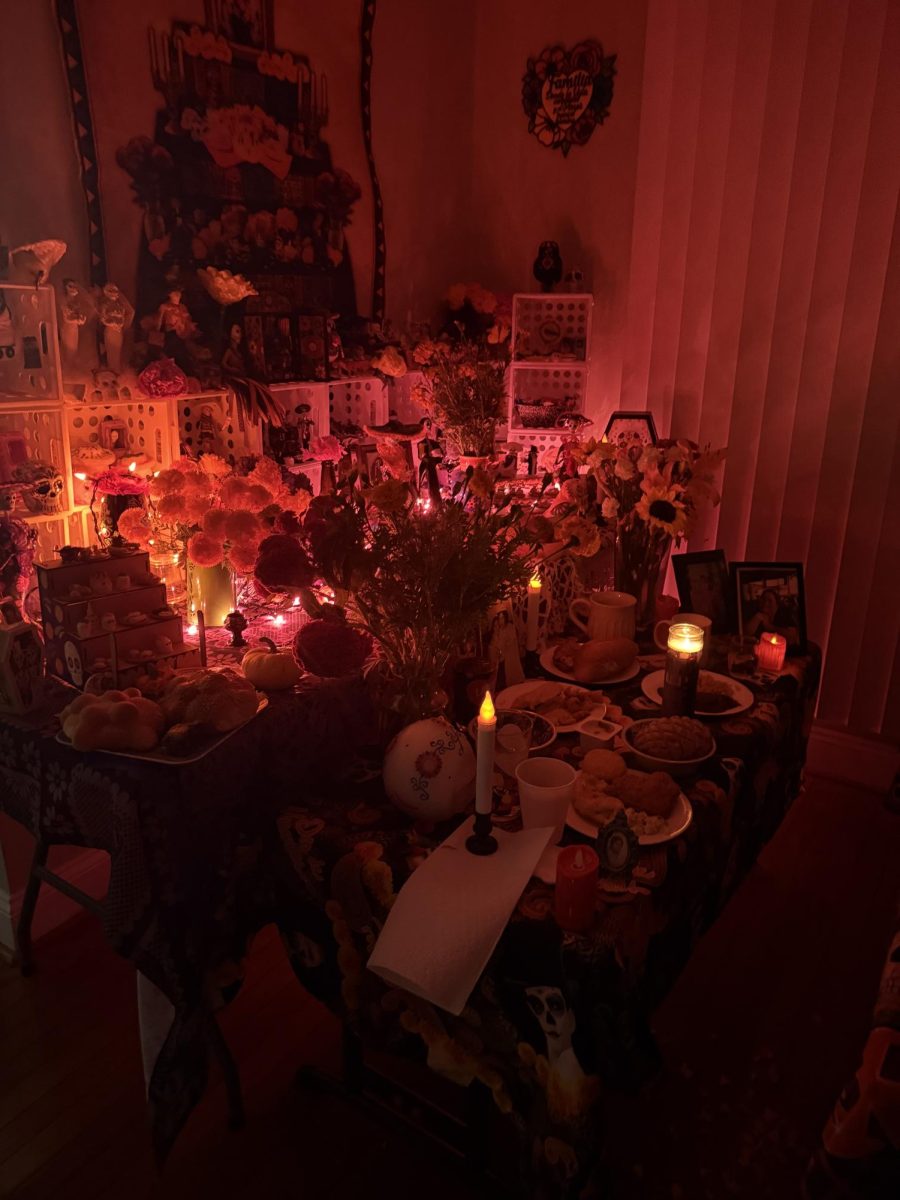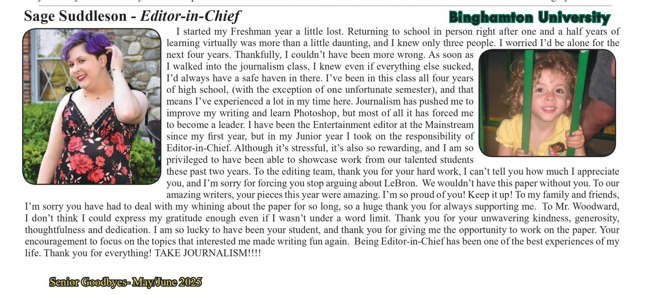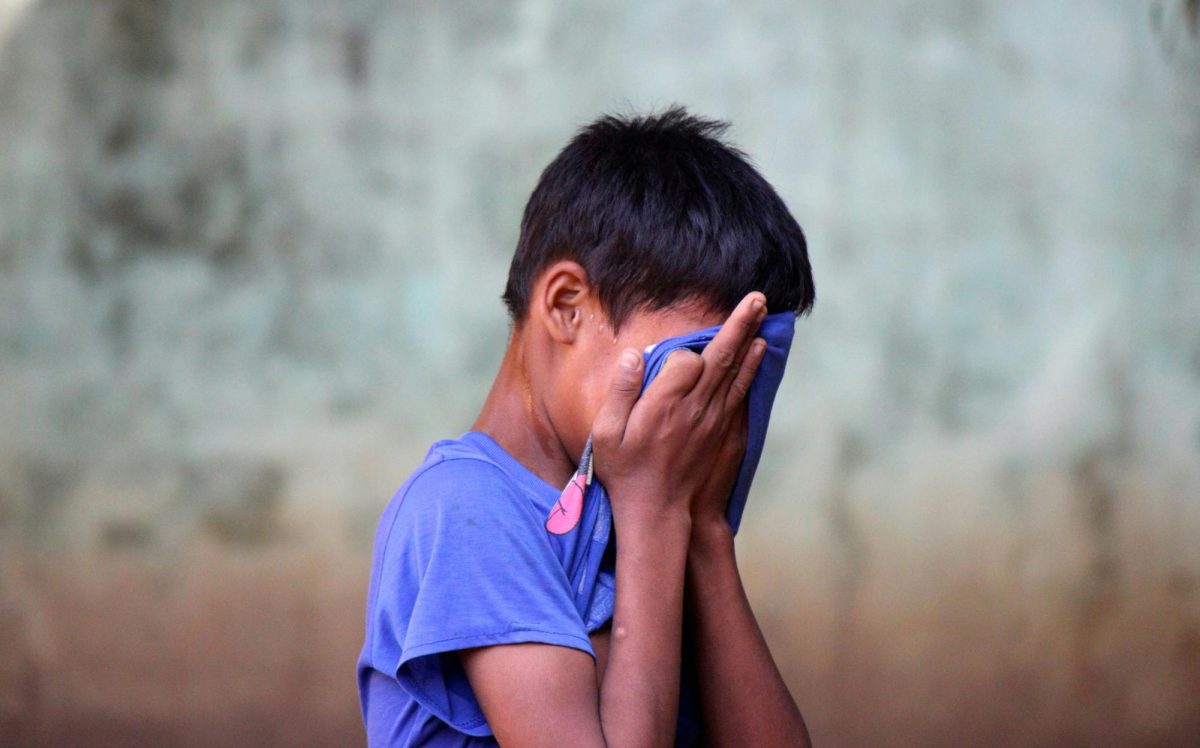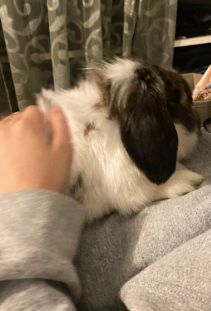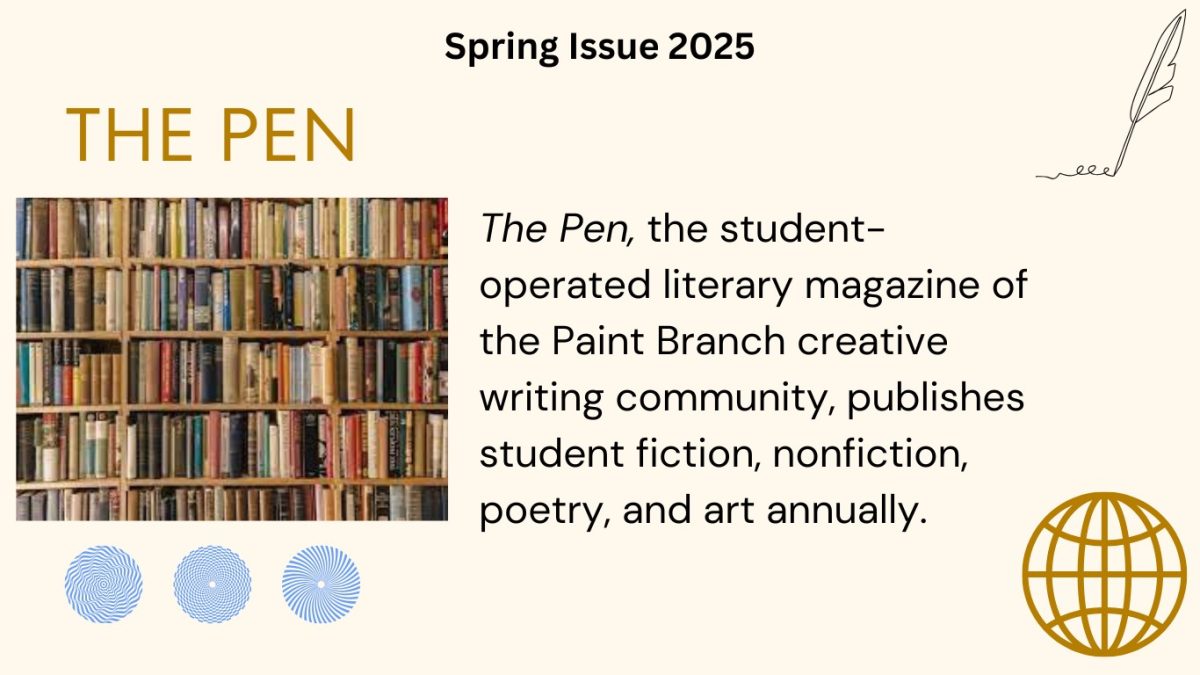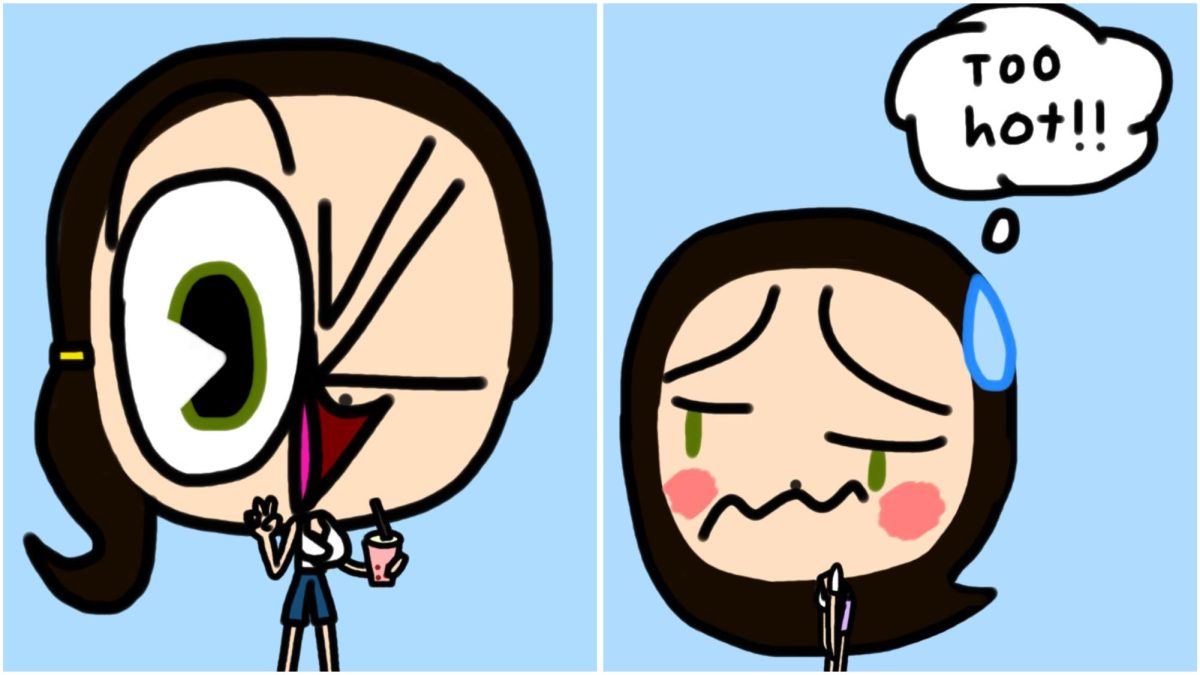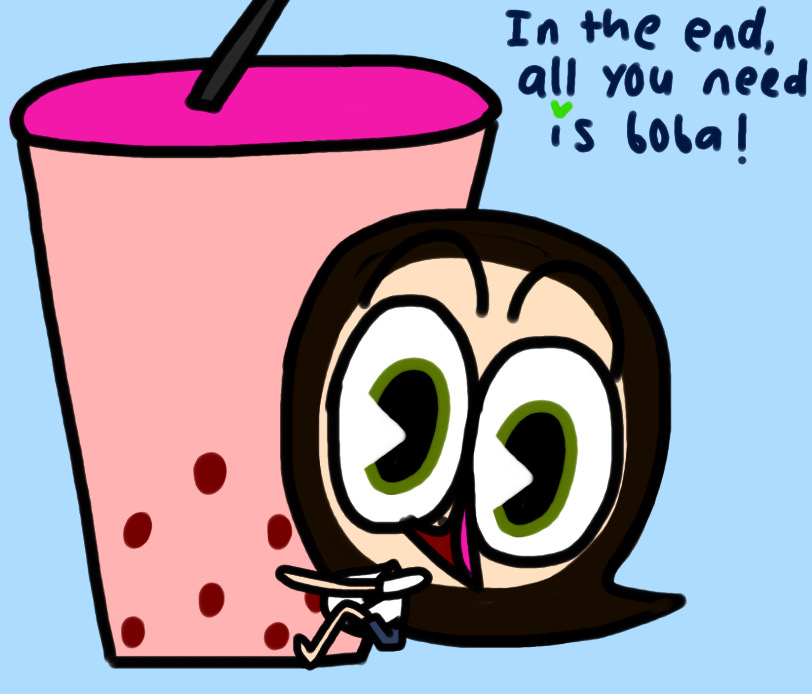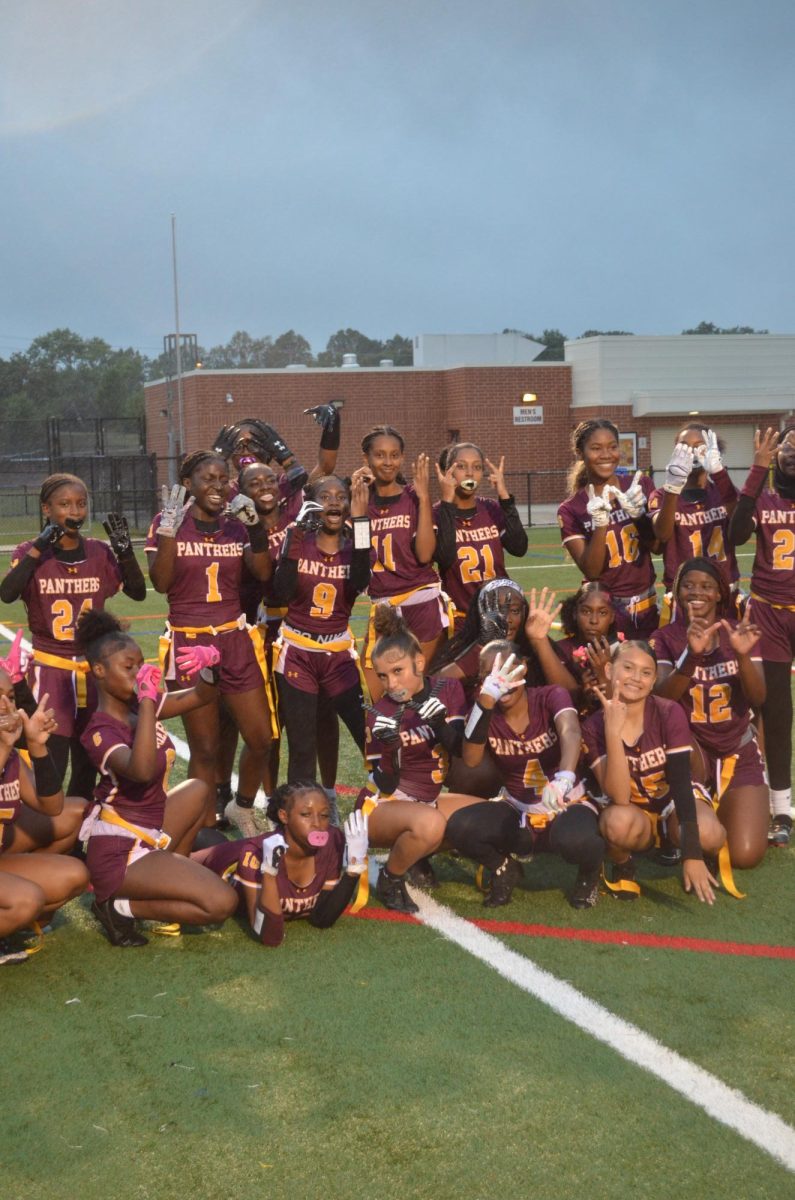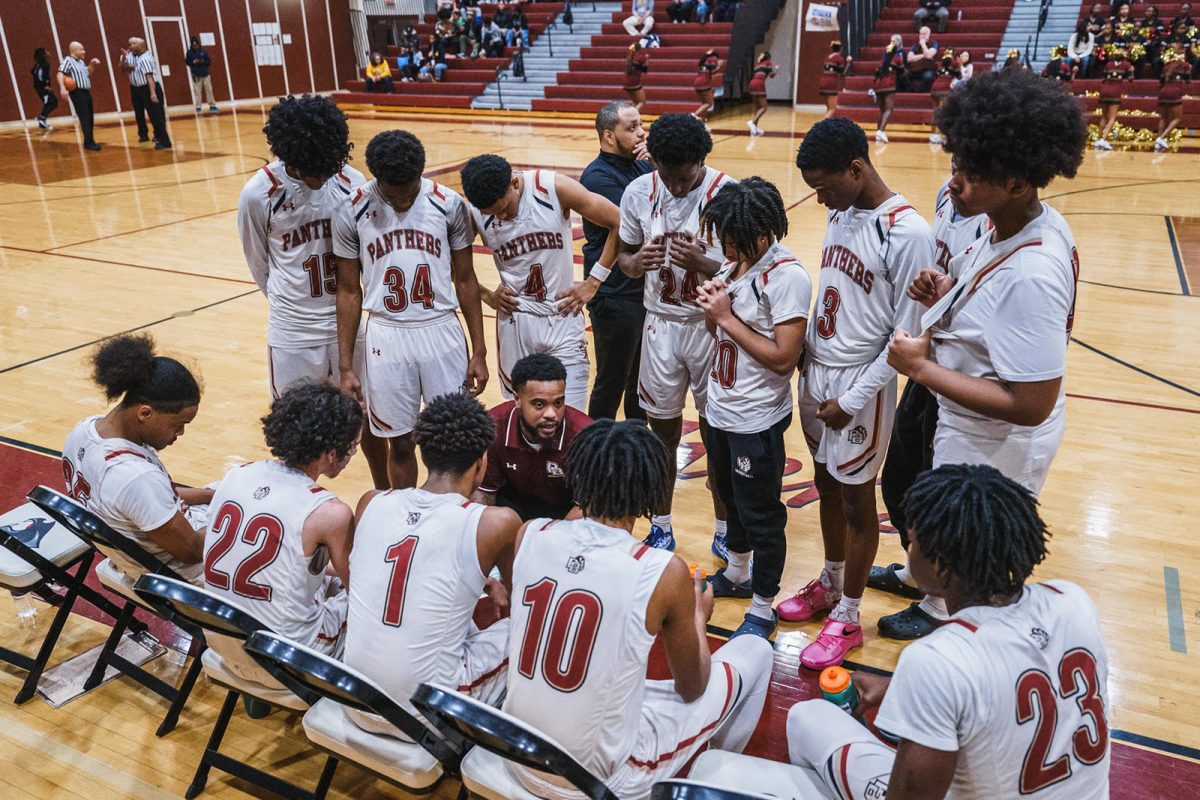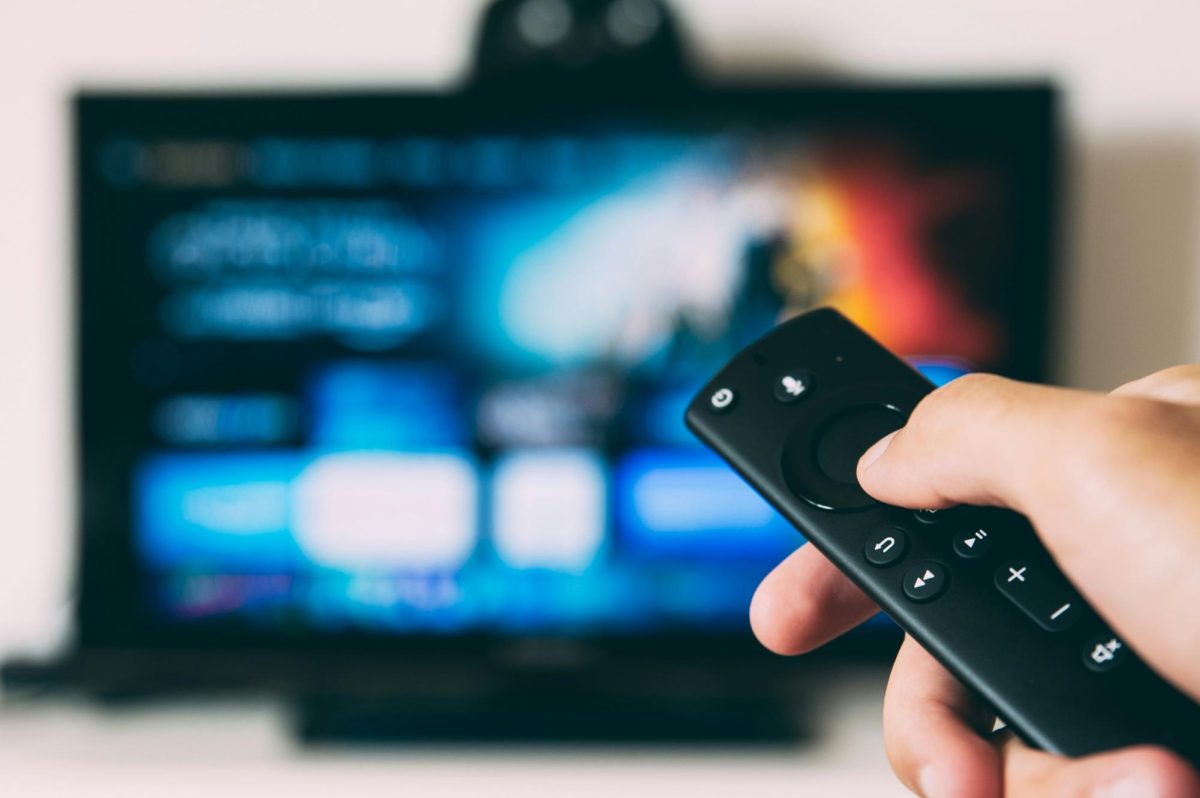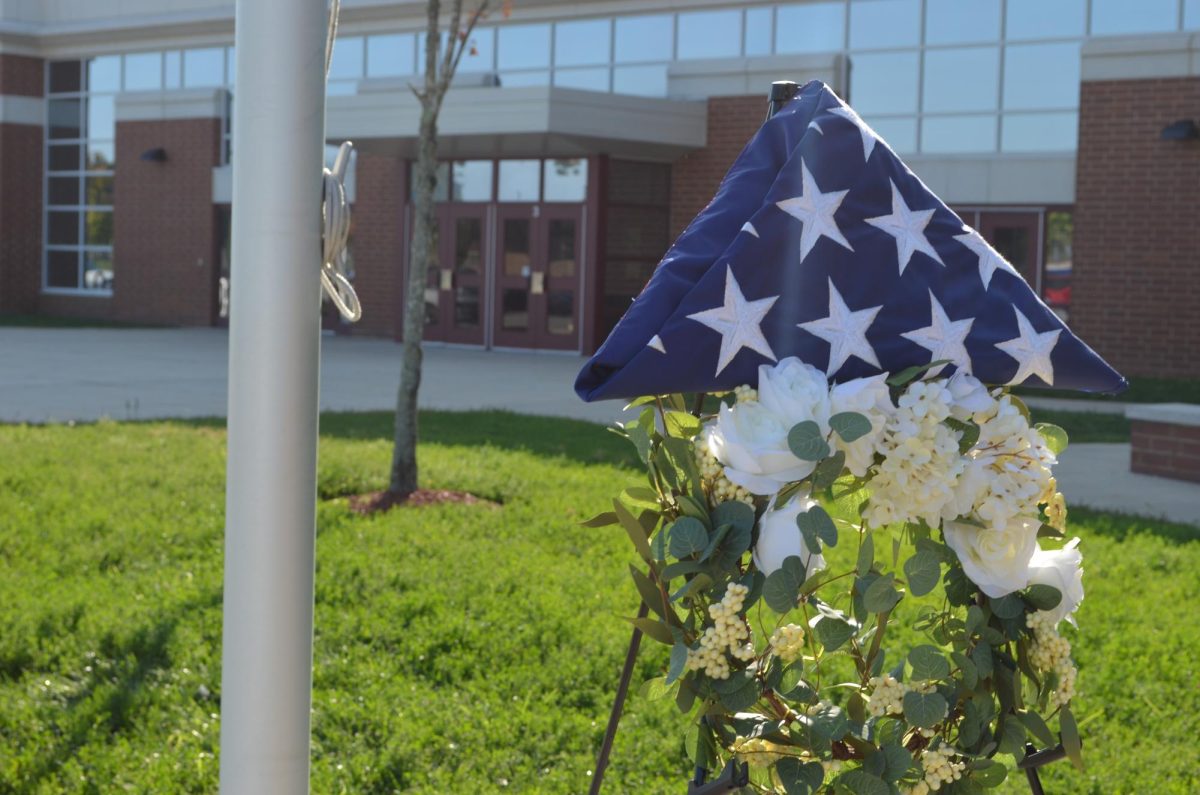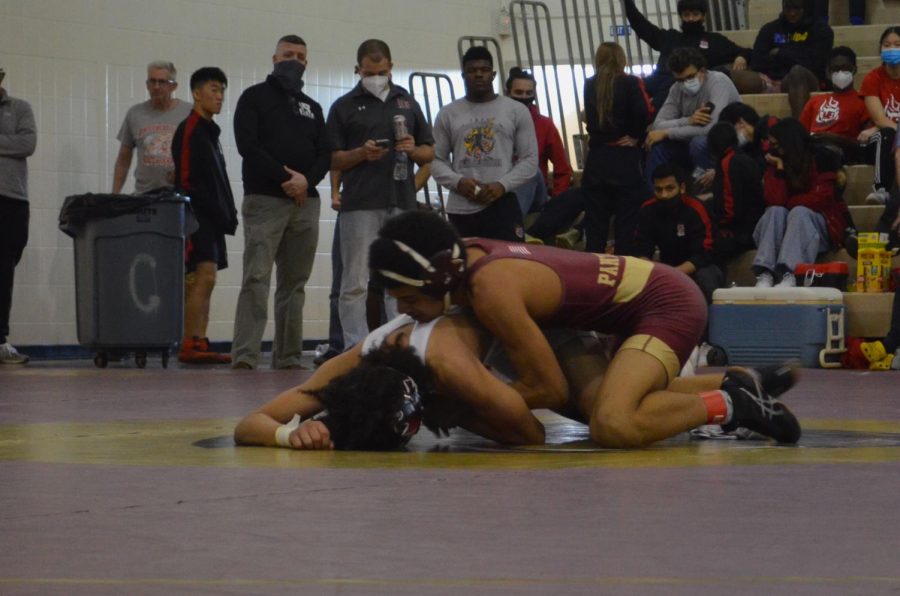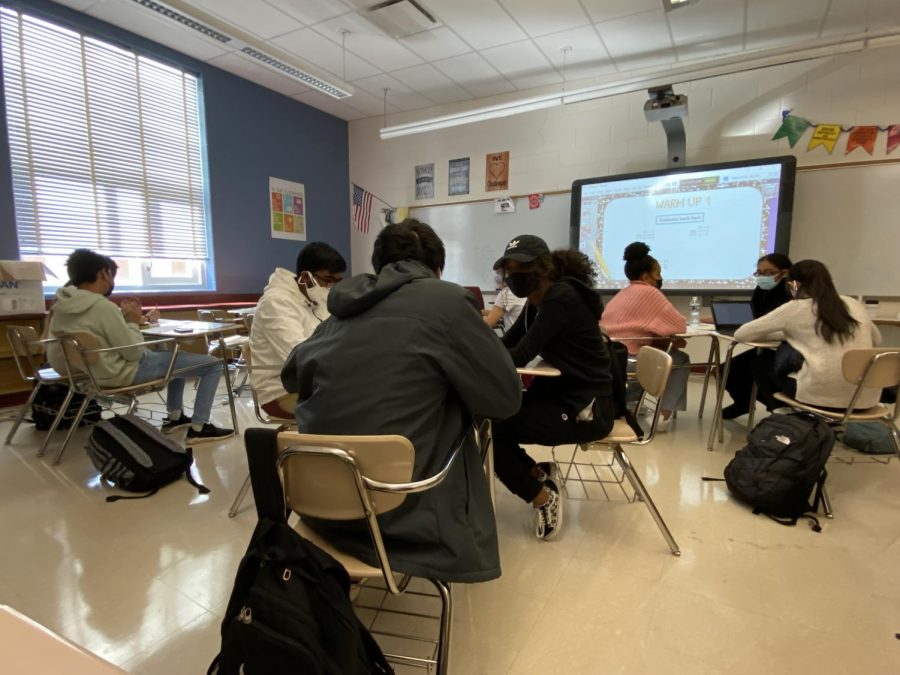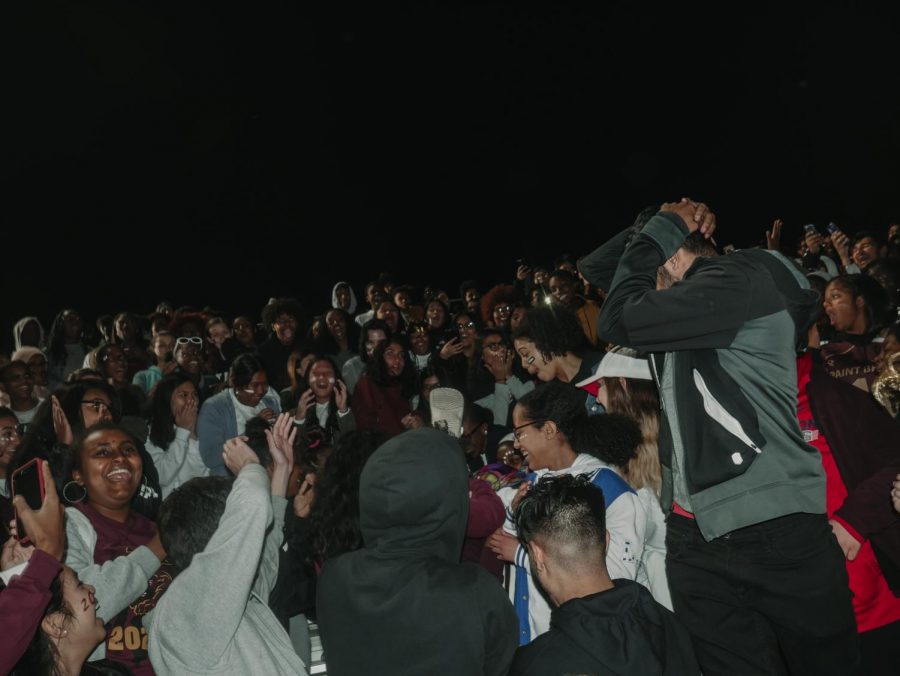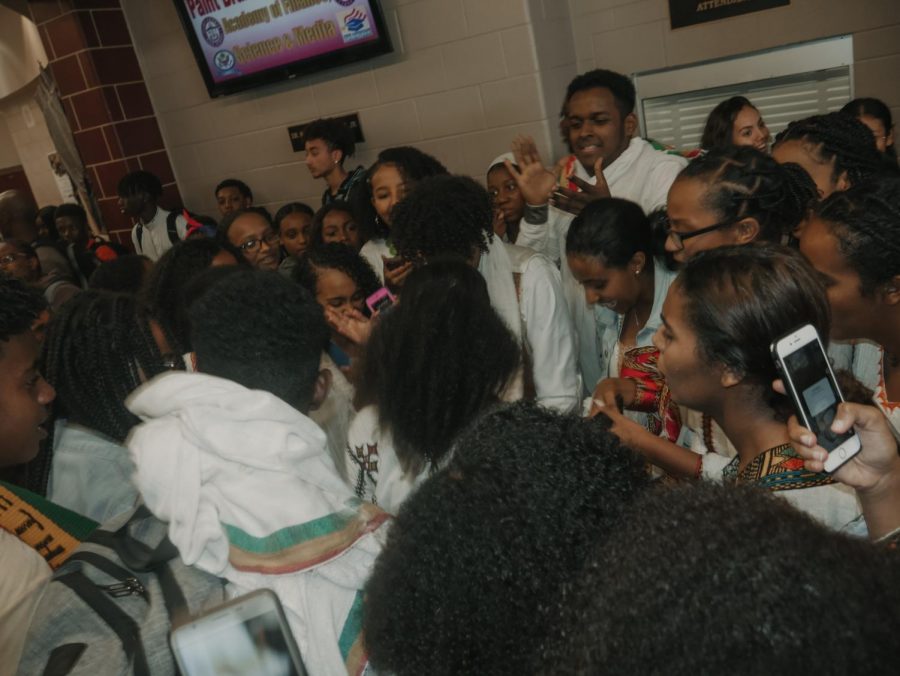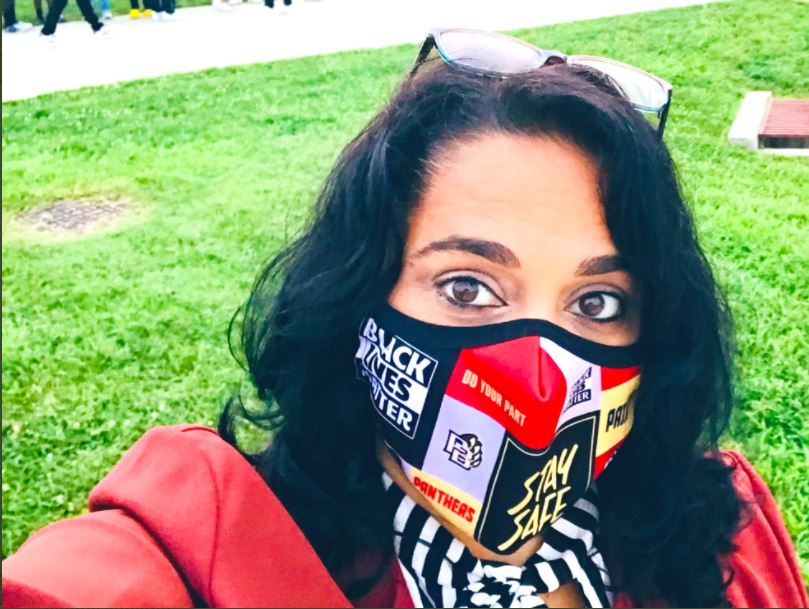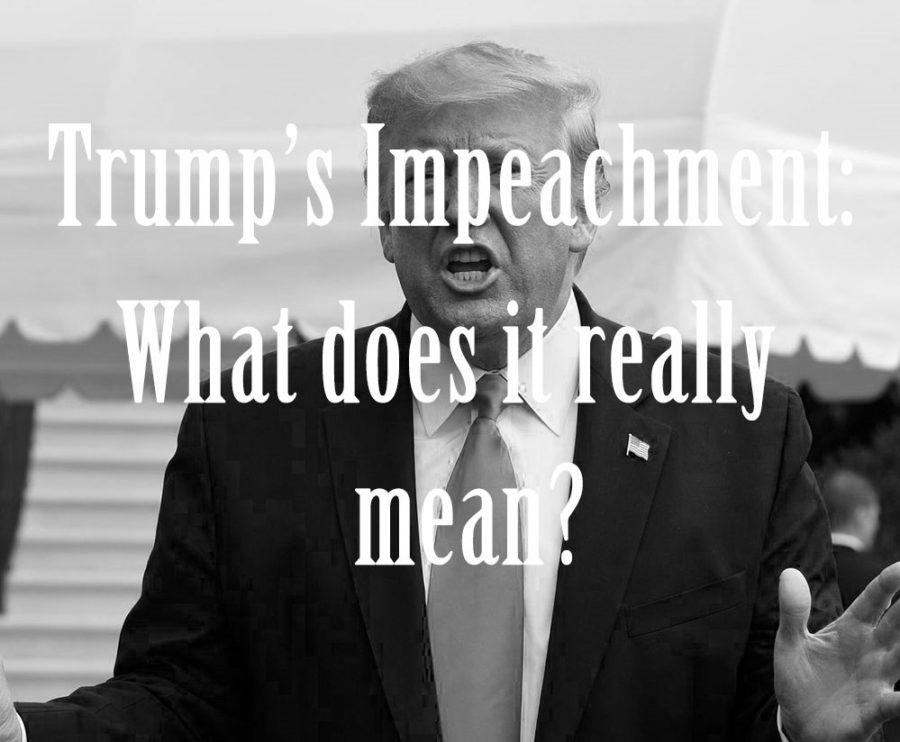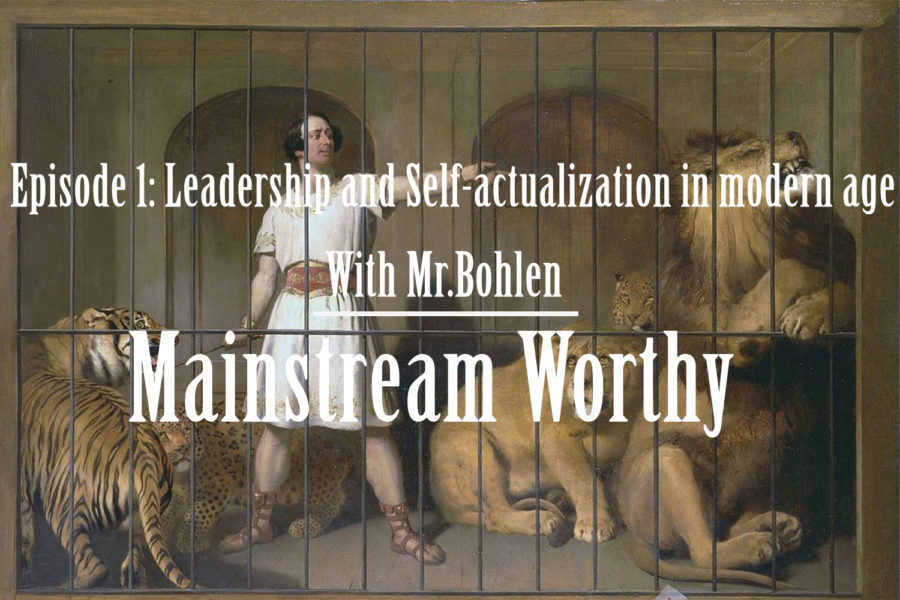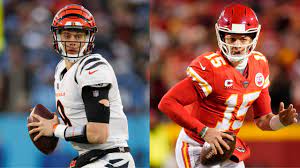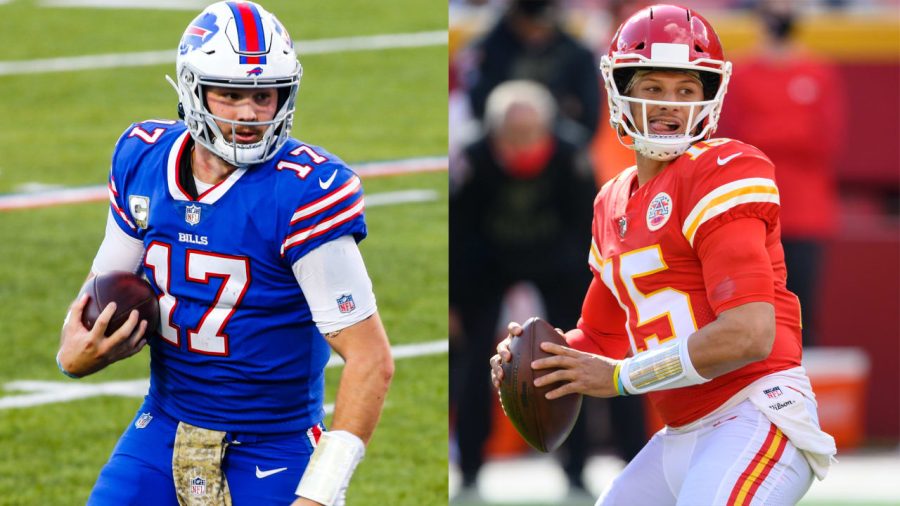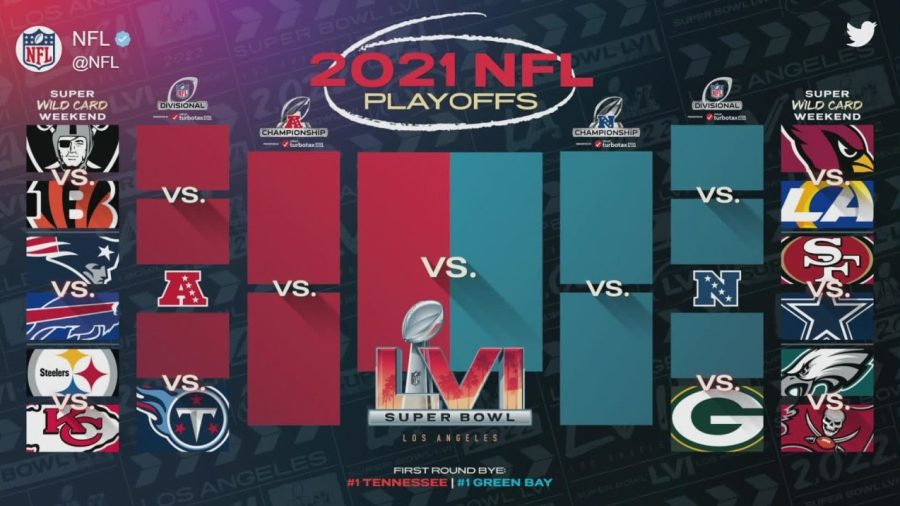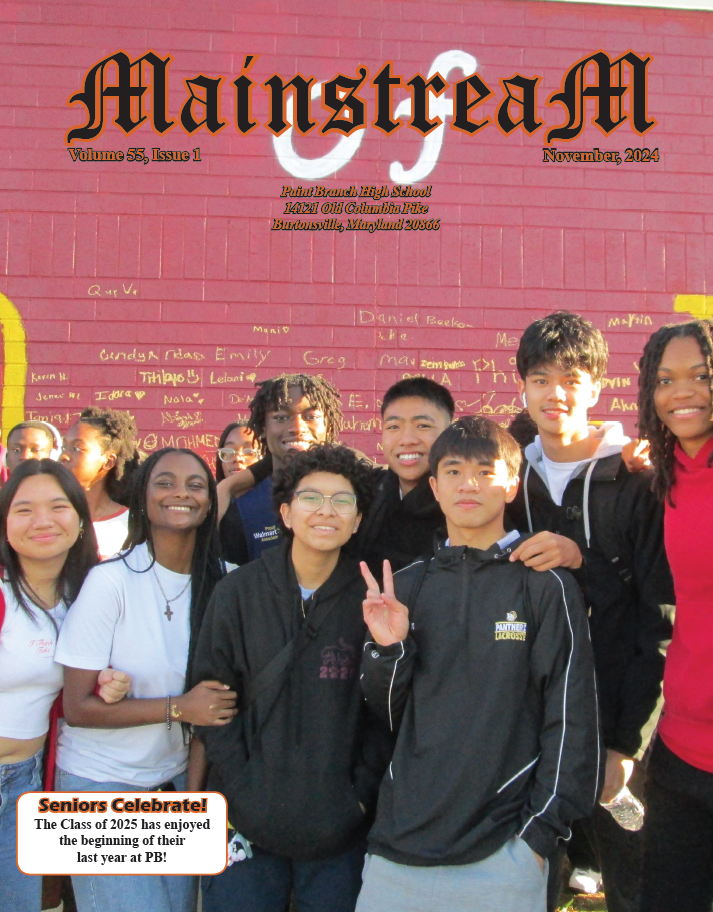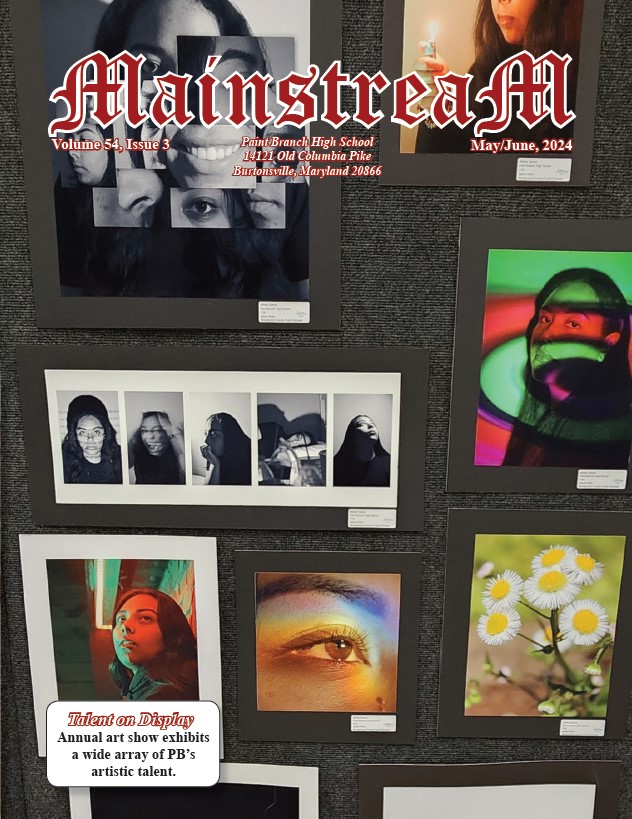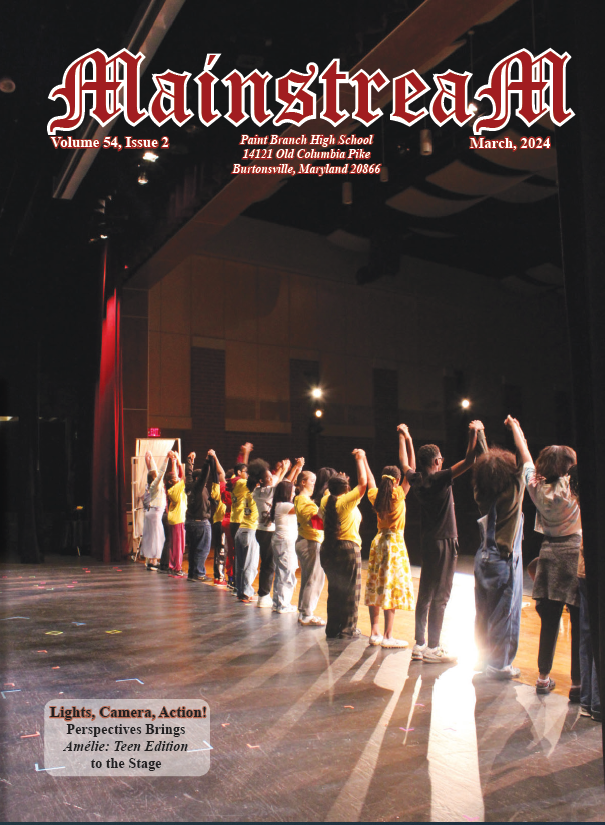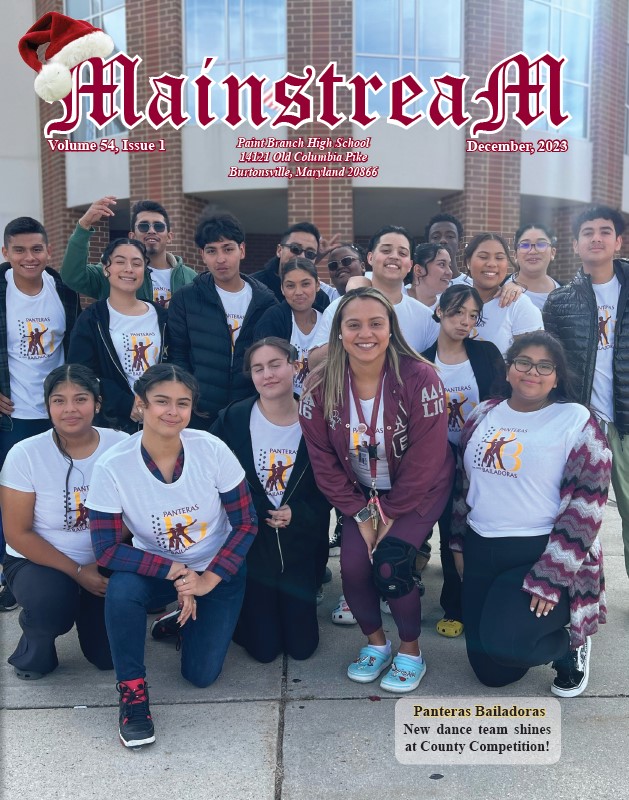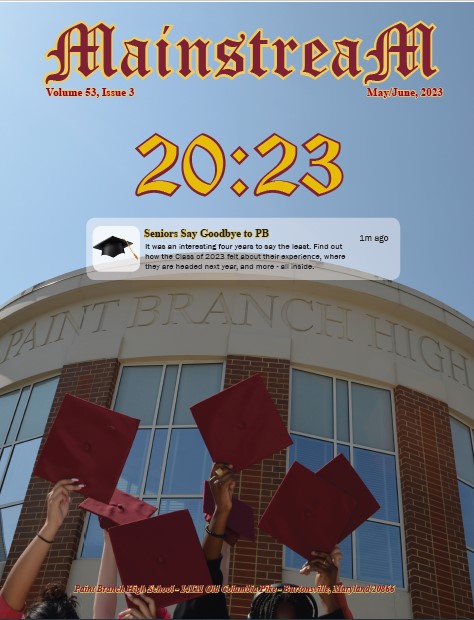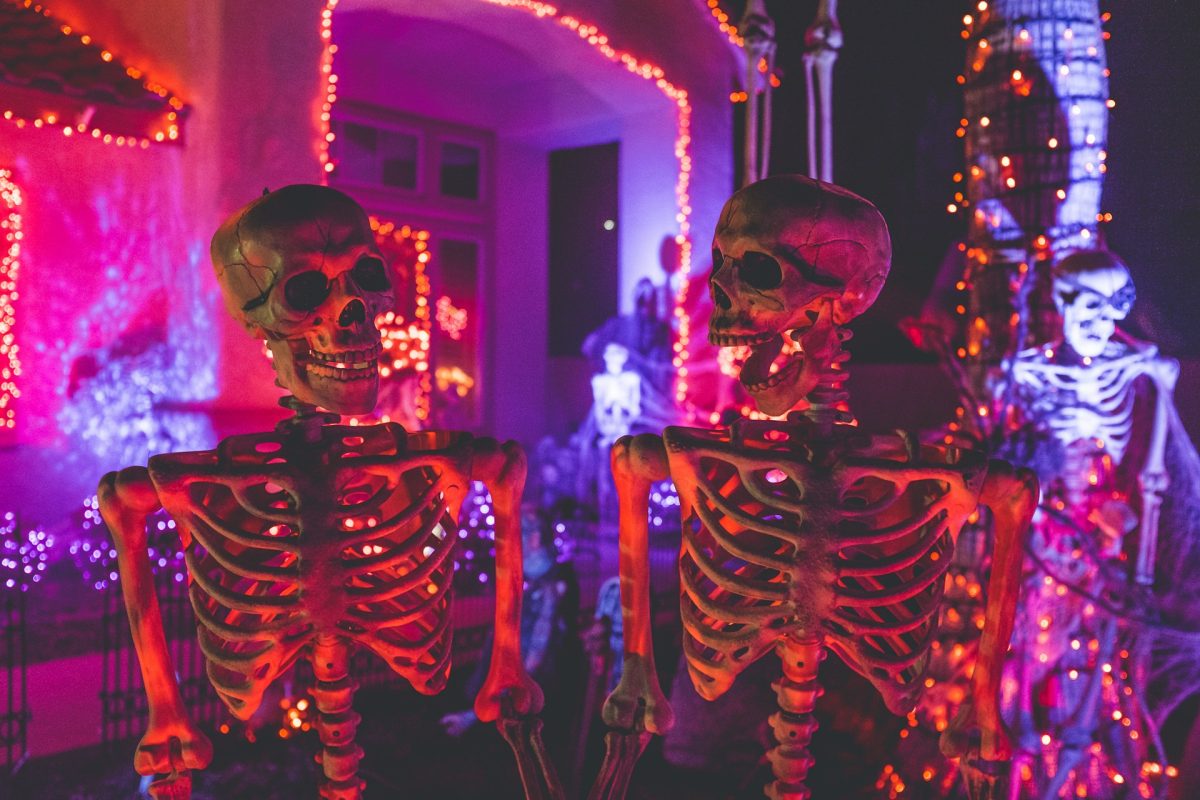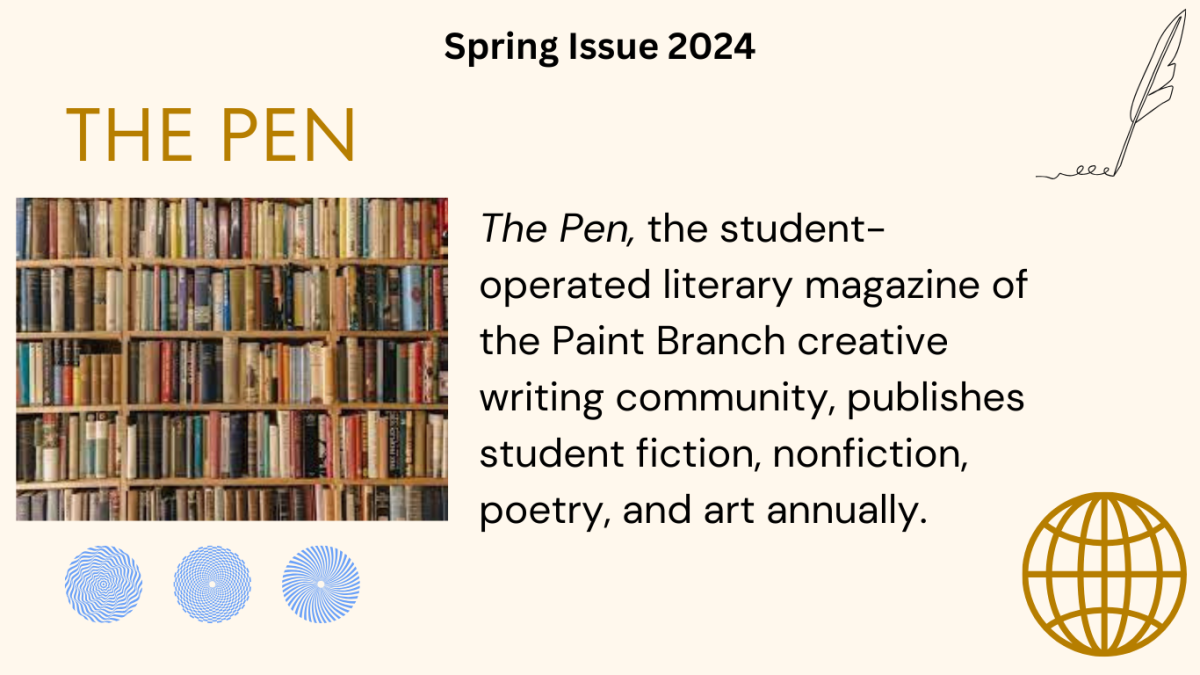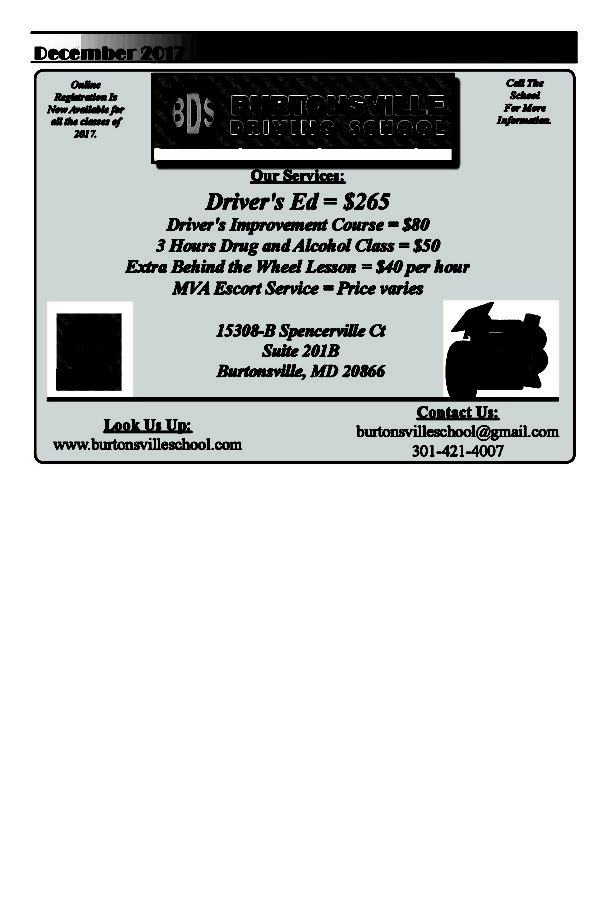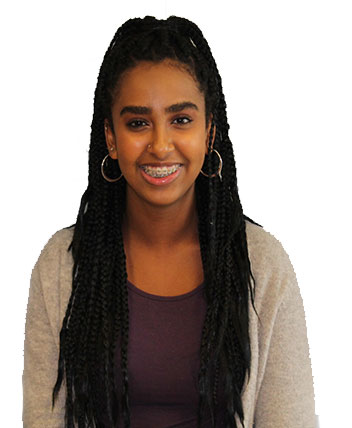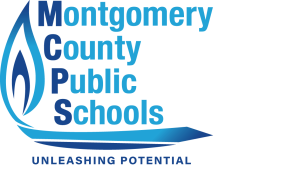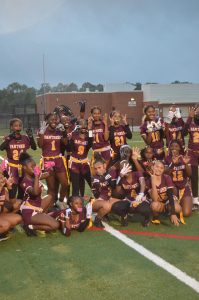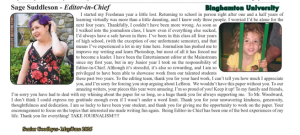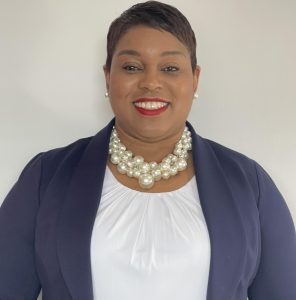Where is Everyone? It’s Time to Take a Closer Look at “Diversity”
April 18, 2018
“Diversity” is a word that is often used to describe Paint Branch and Montgomery County in general. But what does that really mean? A standard dictionary definition of diversity yields “showing a great deal of variety.” This works well with what most people think when they hear the word diversity in relation to a school or a community, an abundance of races, ethnic groups, religions, and socio-economic groups living together in harmony.
So are we really diverse? Do we, at Paint Branch, fit this description?
To break it down the Paint Branch student body, according to its MCPS “At a Glance” entry, is less than 5% American Indian/ Alaskan Native and Pacific Islander, 13.3% Asian, 56.2% Black or African American, 18.9% Hispanic, 7.6% White, and less than 5% mixed race. Paint Branch stands in stark contrast with the overall racial breakdown of MCPS, which according to MCPS by the Numbers stands at 23.4% Black or African American, .3% American Indian, 15.7% Asian, 23.4 % Hispanic and 37.2 % White.
Upon reading these statistics it became very clear to me that Paint Branch is not really representative of Montgomery County’s racial demographics, much less the demographics of the nation. I had not always been aware of this. As someone who has lived in Burtonsville for most of her life, I never thought much about demographics, and after speaking to some of my peers, found that neither do they. In fact, when I asked my fellow students whether they think PB is diverse, they said that they do, in fact, think of PB as a very diverse place. However, while they don’t think too much about PB’s racial and ethnic makeup, I find myself coming back to it due to my experiences outside of PB, outside of Burtonsville.
In high school, I began to get involved in academic and student activities outside of my community and I realized that I stood out, not for my opinions or my character, but because of how I look. When I am at an event outside the community, there is an obvious lack of adequate representation in the academic and related activities world, whether it be academic clubs like debate, Model UN, or mock trial. The moment when I really began to understand how underrepresented minorities are in academic activities was when I was at an MCPS Student Government Association interview and my race was pointed out in a discussion about diversity as proof that they were in fact diverse, when I could, in fact, count the amount of minority students in the room on one hand.
After speaking with other minority students at the event, it became obvious that this problem was not unique to me. PB junior Brianne Rodriguez, referring to a model UN conference where “there was a noticeable lack of diversity,” says, “I shouldn’t be recognized as one of the few diverse students in a conference. They need to be more diverse.”
This experience has made me an observer, one who, when she walks into a room, conducts a “count,” where I scan the room to see if I am going to be the only black person or even person of color in the room. It might seem odd and even archaic to some, but it is the reality of many. While there have been many advances in the roles minorities play in the U.S., there is still more work to be done, especially in the world of academia. There needs to be stronger effort put forth in order for academic clubs and school-related activities to be more inclusive and more diverse overall. There are many smart and capable minority students out there who are not given the same opportunities as some of their counterparts.

